Development of aquatic resources
According to the Ministry of Agriculture and Environment (MARD), in recent times, Vietnam's fisheries industry has become one of the key economic sectors, bringing high export value in the country's economic sectors and has been identified as one of the key marine economic sectors in the Vietnam Marine Strategy to 2030. Typically, in 2024, the shrimp farming export industry nationwide continued to receive attention and strong direction from the leaders of the Ministry of Agriculture and Rural Development (now the Ministry of Agriculture and Environment - MARD), localities and the active participation of associations, unions, and the efforts of the fishing community, so the shrimp farming production results reached and exceeded the set plan. The total brackish water shrimp farming area for the whole year reached 749,800 hectares, an increase of 1.7% over the same period in 2023 (of which the farming area is mainly concentrated in the coastal provinces of the Mekong Delta, with the black tiger shrimp area of 628,800 hectares, an increase of 1.1%; the white-leg shrimp farming area of 121,000 hectares, an increase of 5%); the harvested output was 1,290,500 tons (an increase of 15.3% over the same period in 2023), of which the black tiger shrimp output reached 338,800 tons and the white-leg shrimp output reached 951,700 tons. The whole year's export turnover reached 3.95 billion USD (an increase of 14% over 2023). The strongest export markets are the United States, China and some EU countries...
Pangasius fish breeding and production facility developed in Vinh Thanh district, Can Tho city.
In Can Tho City, in recent times, aquaculture activities have received attention for development; the planning of aquaculture areas has been implemented, focusing on developing the farming of key aquatic species; continuing to guide aquaculture facilities and households to apply farming processes and techniques that meet food safety standards, ensuring the supply of aquatic products to serve consumption and export needs. Currently, the city has a total aquaculture area according to food safety and hygiene standards such as VietGAP, ASC... reaching 170 hectares. In the first 4 months of 2025, the entire city had an aquaculture area of 3,249 hectares, an increase of 3.08% over the same period in 2024, reaching 38.22% of the plan; The harvested aquaculture area is 240 hectares, with an output of 51,590 tons, an increase of 8.27% over the same period in 2024, reaching 24.84% of the plan; the exploited output is 1,750 tons, an increase of 106% over the same period in 2024, reaching 76% of the plan. The total accumulated output of aquaculture and exploitation by April 2025 of Can Tho City is 53,340 tons, an increase of 10% over the same period in 2024, reaching 25% of the plan... In which, pangasius is one of the main aquatic resources raised by Can Tho people. With the current selling price of raw pangasius fish ranging from 30,500-31,500 VND/kg (size 750-950 grams/fish), while the average farming cost is 24,000-25,000 VND/kg, farmers have high profits; the price of pangasius fingerlings ranges from 46,000-48,000 VND/kg, down 5,000 VND/kg compared to the beginning of the year, creating favorable conditions for people to reinvest in commercial pangasius farming. In addition, currently in the city there are 77 facilities producing and raising aquatic breeds including giant freshwater prawn, tiger prawn, white-leg shrimp, tra fish, eel, snakehead fish, perch, hybrid catfish, tilapia, carp, striped snakehead fish... Of which there are 15 facilities producing shrimp breeds and 62 facilities producing and raising fish breeds with a production scale of 50-87,000m2 , ensuring the supply of safe and quality breeds for farmers...
Protect
Mr. Nguyen Tan Nhon, Deputy Director of the Department of Agriculture and Environment of Can Tho City, commented: "Thanks to the application of many advanced scientific and technological achievements, intensive production, mechanization of technological equipment, Can Tho City has recently achieved many breakthroughs in the work of protecting aquatic resources, aquaculture, and processing aquatic products. Gradually restoring and regenerating aquatic resources, contributing to preventing biodiversity loss, improving the capacity to adapt to climate change. Building and developing circular economic models, green economy in aquaculture activities to protect the environment and sustainably develop the aquaculture industry...".
In the Mekong Delta, the Environmental Protection Project in Fisheries Activities for the 2021-2030 period has been implemented with many contents and solutions aiming to improve environmental quality in the fisheries industry and protect people's health. Modern models and technologies are deployed in the environmentally friendly production process in recycling and waste treatment. Monitoring, warning and forecasting activities on environmental quality are improved, providing environmental information to serve aquaculture activities, socio-economic development and public health protection. In addition, the project is also organized and implemented synchronously and effectively across provinces and cities nationwide to develop the sustainable fisheries industry.
Recently, the Department of Agriculture and Environment of Can Tho City has planned to organize fish release to restore aquatic resources in 2025 in the city. Accordingly, the fish release to restore aquatic resources will have the participation and coordination of all levels of government, relevant agencies from the city to the grassroots and all people. At the same time, the Department of Agriculture and Environment calls for the participation, support, and contribution of human and material resources from organizations and individuals and the responsible response of the community for the above activities. The organization of fish release to regenerate aquatic resources is suitable to the actual conditions of the locality, ensuring safety for people, property and prevention of infectious diseases... The Department of Fisheries, Quality, Processing and Market Development (under the Department of Agriculture and Environment of Can Tho City) presides and coordinates with relevant units to prepare for the fish release ceremony, hanging banners and flags at the fish release point, along the main road leading to the fish release point and main roads in Ninh Kieu district. The time and location of fish release is June 5, 2025, at Ninh Kieu 2 Tourist Wharf (Tan An Ward, Ninh Kieu District, Can Tho City). This plan is implemented from social mobilization sources, with an estimated budget of 101.25 million VND (the unit balances from the mobilized budget according to reality and spends according to regulations), the released fish species are perch, loach fry, catfish, carp, pink, snakehead fish...
According to Mr. Nguyen Tan Nhon, in addition to supporting the development of aquaculture, the city's Department of Natural Resources and Environment is always interested in regenerating aquatic resources in nature. Releasing fish is an activity aimed at protecting and conserving the diversity of aquatic organisms, especially rare species with economic and export value, protecting the environmental landscape and aquatic ecosystems; restoring and regenerating natural aquatic resources in water bodies in the area; raising awareness of the importance and value of natural resources and biodiversity, and at the same time identifying the role and responsibility of the community in protecting aquatic resources; strengthening the role of managing aquatic resources more effectively, ensuring the sustainable development of the exploitation and aquaculture industry in the city...
Article and photos: HA VAN
Source: https://baocantho.com.vn/bao-ve-phat-trien-nguon-loi-thuy-san-ben-vung-a186642.html


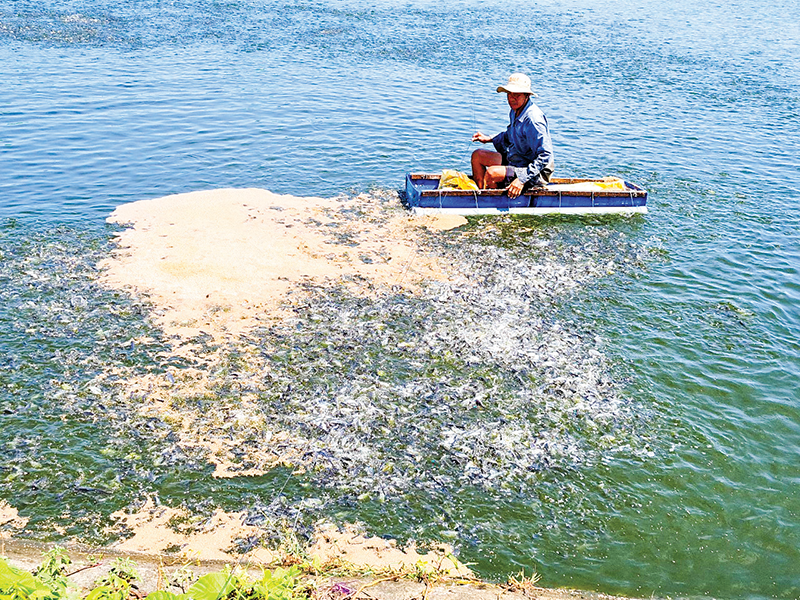
![[Photo] Top players gather at the 2025 Nhan Dan Newspaper National Table Tennis Championship](https://vphoto.vietnam.vn/thumb/1200x675/vietnam/resource/IMAGE/2025/5/23/9ad5f6f4faf146b08335e5c446edb107)






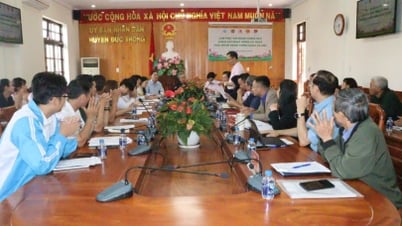

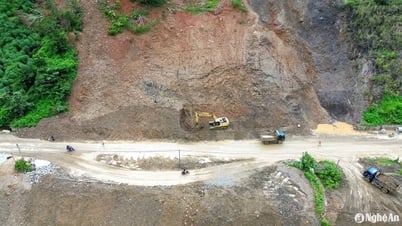

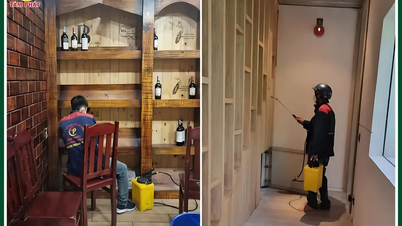
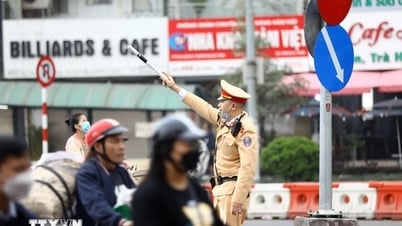

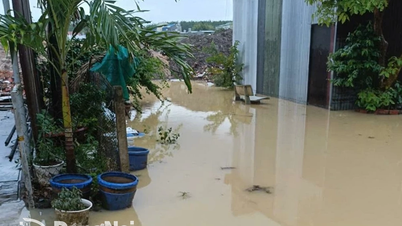








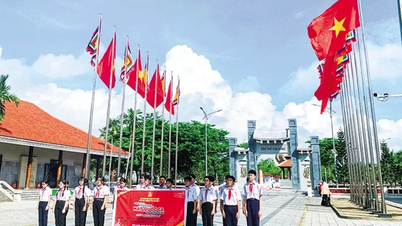
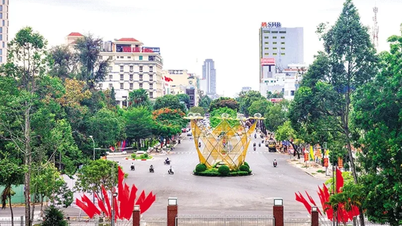
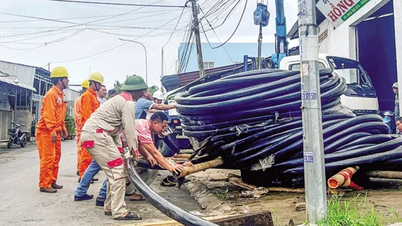














































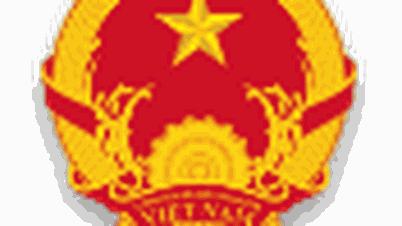

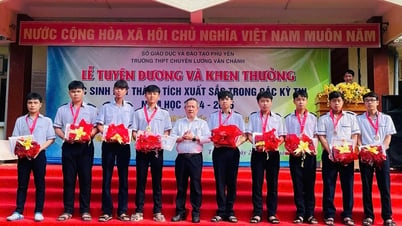

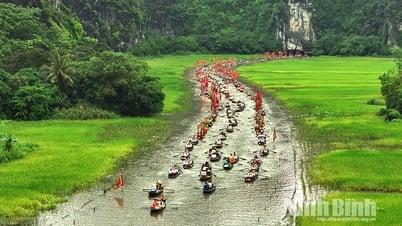


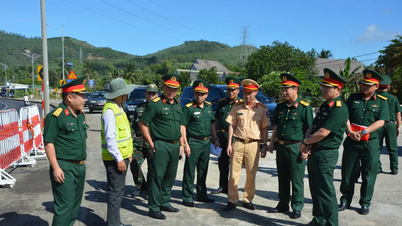












Comment (0)